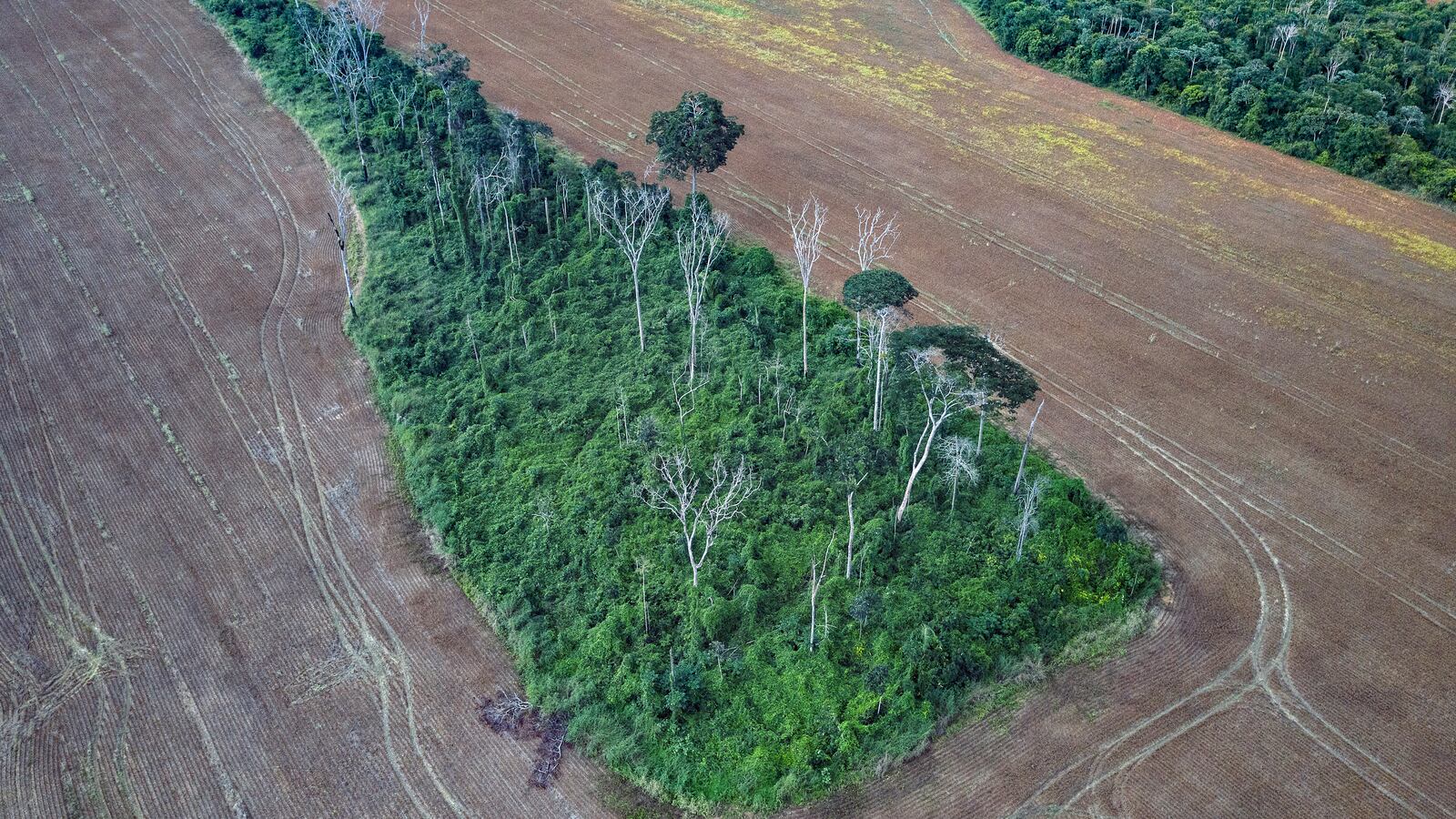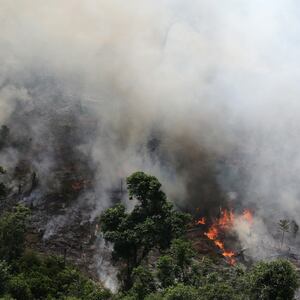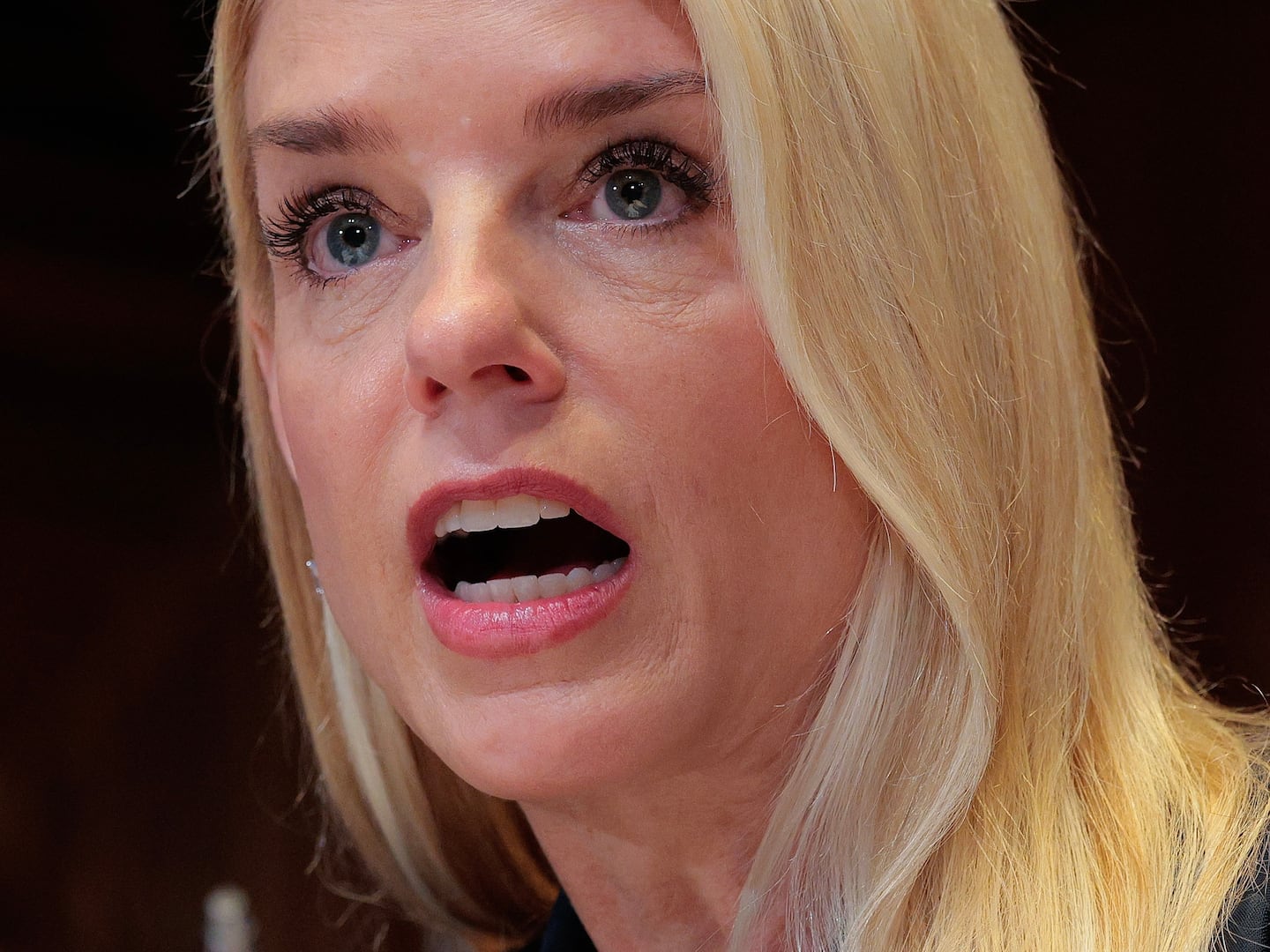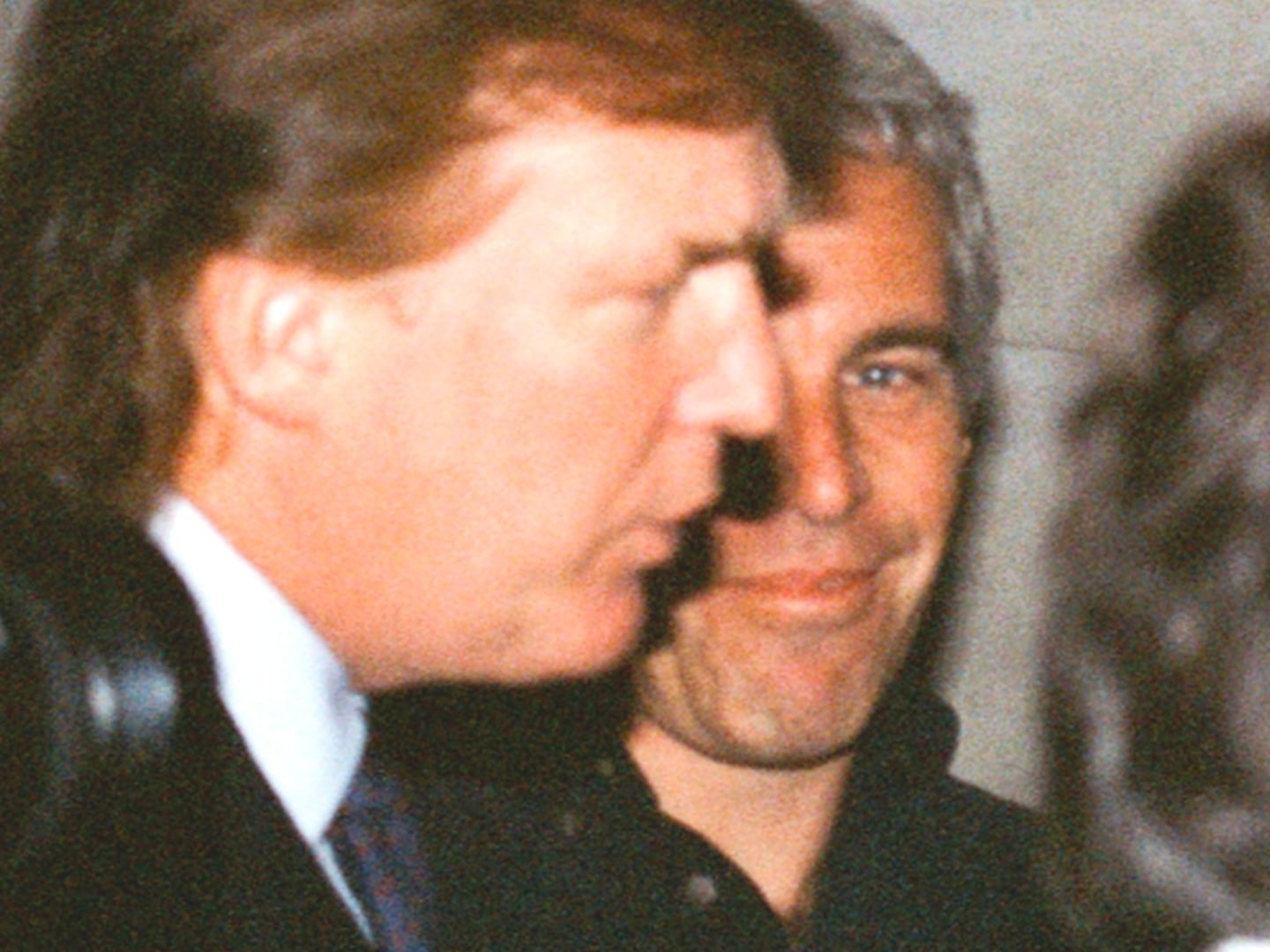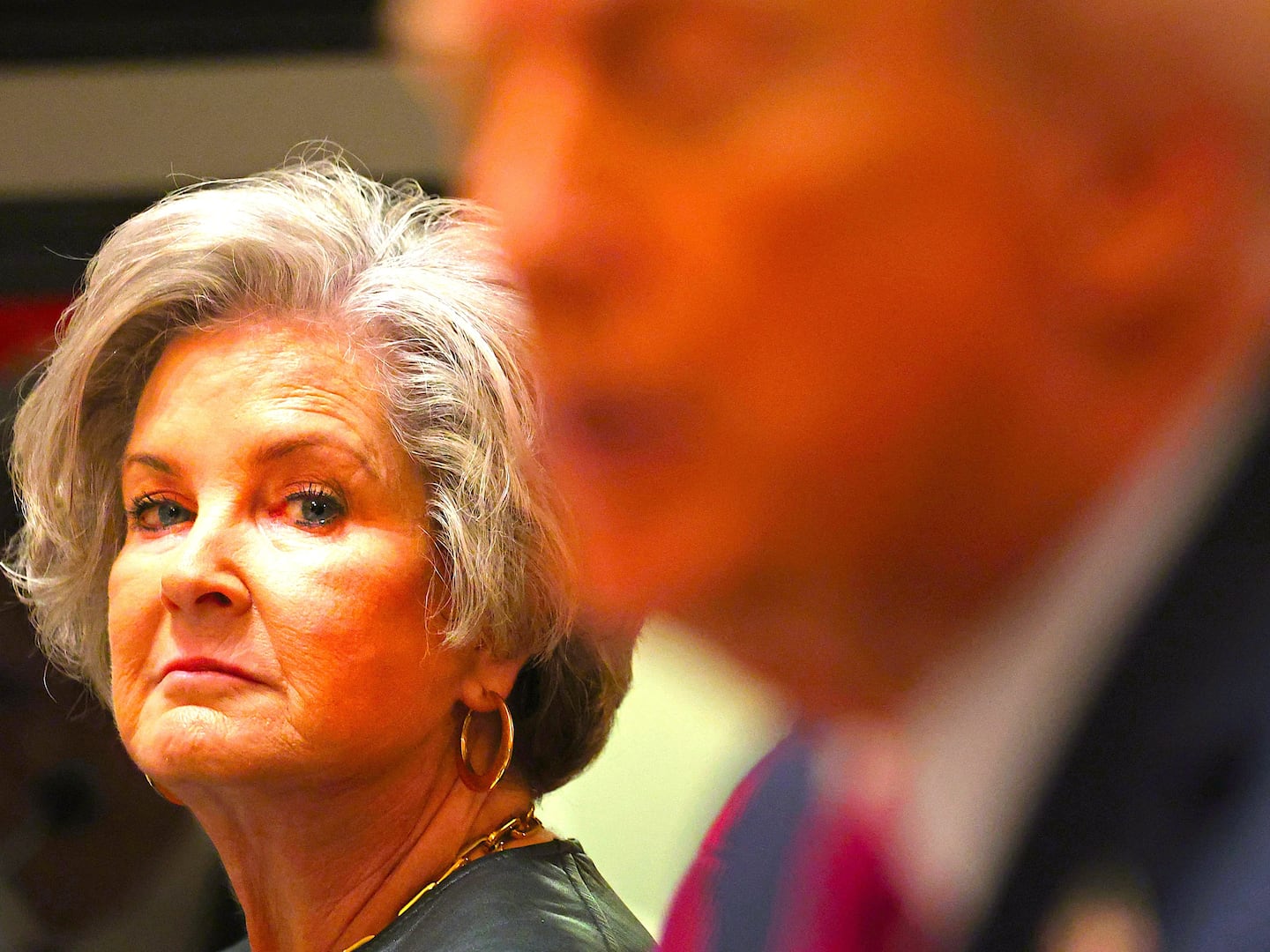The Amazon rainforest is in bad shape—something you probably already know. But a pair of new studies published on Jan. 26 in Science shows us the outlook of the region is even worse than we imagined.
Human activity, it turns out, is changing the Amazonian ecosystem at a rate hundreds to thousands of times faster than natural climate or geological phenomena, making it extremely unlikely that Amazonian plant life and wildlife will adapt fast enough to survive. Perhaps most alarming is the revelation that more than a third of what’s left of the rainforest is suffering from profound degradation due to human activity.
“Forests are now rapidly being converted to agropastoral managed landscapes under pressure to meet rising commodity exports demands—especially for soybeans, timber, and minerals (like bauxite and petroleum),” James Albert, a biologist from the University of Louisiana at Lafayette and the lead author for one of the new studies, told The Daily Beast. “All this is happening with financing from international agencies based in Washington, D.C., and Beijing.”
The Amazon rainforest is home to nearly one-third of all known species on Earth. “There are more tree species in 100 square kilometers of lowland Amazon forest than there are in all of Europe,” said Albert. He added, “The biodiversity is simply stunning,” and one of the reasons many refer to the region as the “lungs of the planet.”
In addition, the Amazon rainforest plays a critical role in stabilizing the planet’s global climate. Its forests and soils contain about 180 billion tons of carbon. That’s roughly 26 percent of all the carbon released into the atmosphere by all humans since the start of the Industrial Revolution—which means the region acts as a massive sink for the stuff. Destruction of the ecosystem in its entirety would mean a catastrophic deluge of carbon dioxide into the atmosphere that would be enough to raise global temperatures by more than 1 degree Fahrenheit. That might seem small, but even small upticks in temperatures are enough to cause worsened storm events, cause sea levels to rise higher thanks to melting polar caps, and help contribute to hotter summers.
So, with all that said, the two new Science studies arrive at a critical time. Besides pinpointing how fast the rainforest is changing, Albert’s study (part of a larger report compiled by the Science Panel for the Amazon) also identifies how the main drivers of deforestation and degradation—land-use changes and global climate change—are leading to a drying up of the southern Amazon and encouraging forest fires to spring up more frequently.
The next study, led by David Lapola at the State University of Campinas in Brazil, drilled into the extent human activity was devastating the Amazon rainforest. And what he and his colleagues found was that anthropogenic disturbances have so far left about 2.5 million kilometers of the Amazon rainforest in a degraded state. That’s 38 percent of all remaining forest in the region, and an area 10 times the size of the United Kingdom.
The key to preventing things from getting worse? Clamping down on all that human activity that is directly destroying the forest as well as contributing to further climate change.
“The highest priority for the Amazon—and the biosphere as a whole—is to accelerate the ongoing transformation to a post-carbon global economy,” said Albert. “That means no more oil, coal, or natural gas.”

